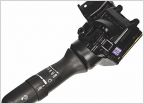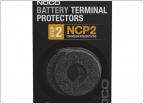-
Welcome to Tacoma World!
You are currently viewing as a guest! To get full-access, you need to register for a FREE account.
As a registered member, you’ll be able to:- Participate in all Tacoma discussion topics
- Communicate privately with other Tacoma owners from around the world
- Post your own photos in our Members Gallery
- Access all special features of the site
P0420 troubleshooting sensors
Discussion in '2nd Gen. Tacomas (2005-2015)' started by Jacks2010Taco, Nov 24, 2024.


 Help a Newbie out! (Wheels)
Help a Newbie out! (Wheels) 2014's intermittent wiper switch
2014's intermittent wiper switch Who line-x their bed?
Who line-x their bed? Starter going bad??
Starter going bad?? K&N Intake problem
K&N Intake problem








































































